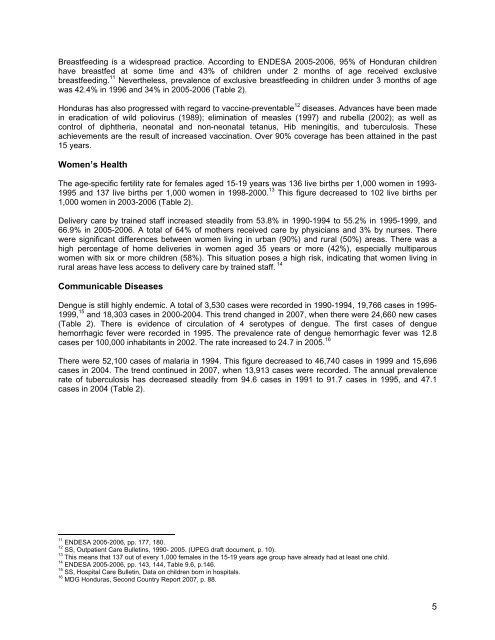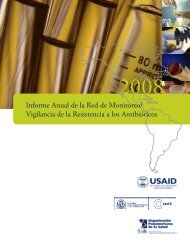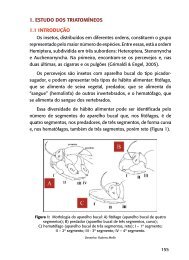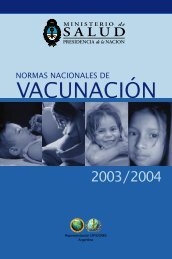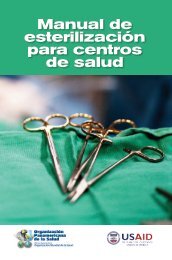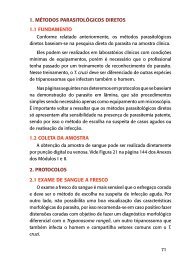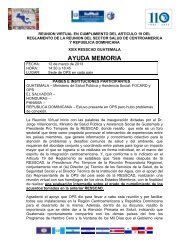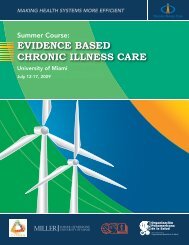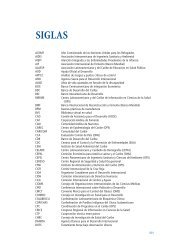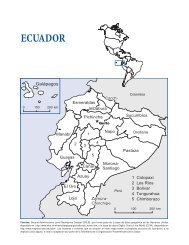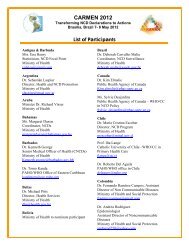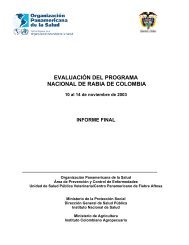HEALTH SYSTEMS PROFILE HONDURAS - PAHO/WHO
HEALTH SYSTEMS PROFILE HONDURAS - PAHO/WHO
HEALTH SYSTEMS PROFILE HONDURAS - PAHO/WHO
You also want an ePaper? Increase the reach of your titles
YUMPU automatically turns print PDFs into web optimized ePapers that Google loves.
Breastfeeding is a widespread practice. According to ENDESA 2005-2006, 95% of Honduran children<br />
have breastfed at some time and 43% of children under 2 months of age received exclusive<br />
breastfeeding. 11 Nevertheless, prevalence of exclusive breastfeeding in children under 3 months of age<br />
was 42.4% in 1996 and 34% in 2005-2006 (Table 2).<br />
Honduras has also progressed with regard to vaccine-preventable 12 diseases. Advances have been made<br />
in eradication of wild poliovirus (1989); elimination of measles (1997) and rubella (2002); as well as<br />
control of diphtheria, neonatal and non-neonatal tetanus, Hib meningitis, and tuberculosis. These<br />
achievements are the result of increased vaccination. Over 90% coverage has been attained in the past<br />
15 years.<br />
Women’s Health<br />
The age-specific fertility rate for females aged 15-19 years was 136 live births per 1,000 women in 1993-<br />
1995 and 137 live births per 1,000 women in 1998-2000. 13 This figure decreased to 102 live births per<br />
1,000 women in 2003-2006 (Table 2).<br />
Delivery care by trained staff increased steadily from 53.8% in 1990-1994 to 55.2% in 1995-1999, and<br />
66.9% in 2005-2006. A total of 64% of mothers received care by physicians and 3% by nurses. There<br />
were significant differences between women living in urban (90%) and rural (50%) areas. There was a<br />
high percentage of home deliveries in women aged 35 years or more (42%), especially multiparous<br />
women with six or more children (58%). This situation poses a high risk, indicating that women living in<br />
rural areas have less access to delivery care by trained staff. 14<br />
Communicable Diseases<br />
Dengue is still highly endemic. A total of 3,530 cases were recorded in 1990-1994, 19,766 cases in 1995-<br />
1999, 15 and 18,303 cases in 2000-2004. This trend changed in 2007, when there were 24,660 new cases<br />
(Table 2). There is evidence of circulation of 4 serotypes of dengue. The first cases of dengue<br />
hemorrhagic fever were recorded in 1995. The prevalence rate of dengue hemorrhagic fever was 12.8<br />
cases per 100,000 inhabitants in 2002. The rate increased to 24.7 in 2005. 16<br />
There were 52,100 cases of malaria in 1994. This figure decreased to 46,740 cases in 1999 and 15,696<br />
cases in 2004. The trend continued in 2007, when 13,913 cases were recorded. The annual prevalence<br />
rate of tuberculosis has decreased steadily from 94.6 cases in 1991 to 91.7 cases in 1995, and 47.1<br />
cases in 2004 (Table 2).<br />
11<br />
ENDESA 2005-2006, pp. 177, 180.<br />
12<br />
SS, Outpatient Care Bulletins, 1990- 2005. (UPEG draft document, p. 10).<br />
13<br />
This means that 137 out of every 1,000 females in the 15-19 years age group have already had at least one child.<br />
14<br />
ENDESA 2005-2006, pp. 143, 144, Table 9.6, p.146.<br />
15<br />
SS, Hospital Care Bulletin, Data on children born in hospitals.<br />
16<br />
MDG Honduras, Second Country Report 2007, p. 88.<br />
5


